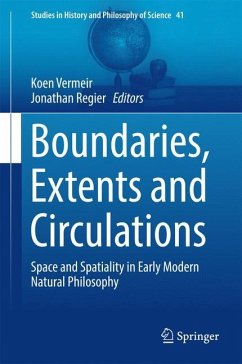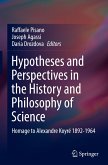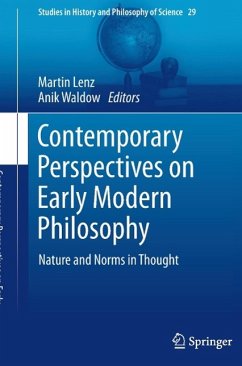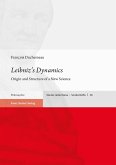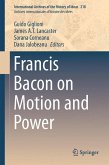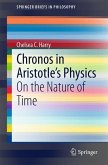This volume is an important re-evaluation of space and spatiality in the late Renaissance and early modern period. History of science has generally reduced sixteenth and seventeenth century space to a few canonical forms. This volume gives a much needed antidote. The contributing chapters examine the period's staggering richness of spatiality: the geometrical, geographical, perceptual and elemental conceptualizations of space that abounded. The goal is to begin to reconstruct the amalgam of "spaces" which co-existed and cross-fertilized in the period's many disciplines and visions of nature. Our volume will be a valuable resource for historians of science, philosophy and art, and for cultural and literary theorists.
"Book claims to set forth the variety of uses and concepts of space throughout a diversity of domains rather than propounding a linear and canonical historical narrative, it clearly fulfils its promise. ... book appropriately confirms that the notion of space ... was gradually called on to take, by the seventeenth century, much richer and diverse applications and meanings, and that it contributed in many ways, sometimes quite indirectly and unexpectedly, to the development of modern scientific thought and methods." (Angela Axworthy, Metascience, January, 2018)
"This book examines changing views of space in the later end of the Renaissance and the early modern period. ... This work is for scholars interested in details concerning the treated figures and subjects and is not intended for general readers. Several contributions include illustrations ... . Summing Up: Recommended. Graduate students and faculty." (J. W. Dauben, Choice, Vol. 54 (9), May, 2017)
"This book examines changing views of space in the later end of the Renaissance and the early modern period. ... This work is for scholars interested in details concerning the treated figures and subjects and is not intended for general readers. Several contributions include illustrations ... . Summing Up: Recommended. Graduate students and faculty." (J. W. Dauben, Choice, Vol. 54 (9), May, 2017)

